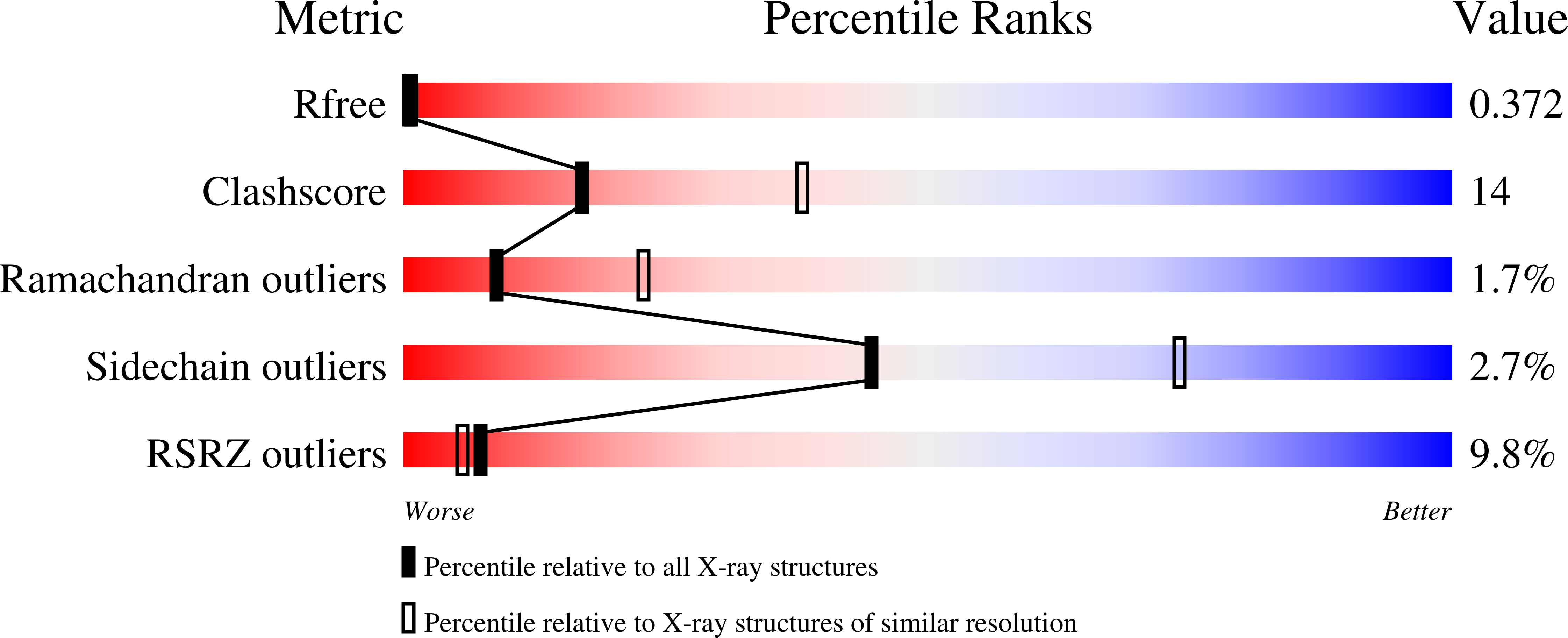
Deposition Date
2002-01-14
Release Date
2003-02-04
Last Version Date
2024-02-14
Entry Detail
PDB ID:
1KT0
Keywords:
Title:
Structure of the Large FKBP-like Protein, FKBP51, Involved in Steroid Receptor Complexes
Biological Source:
Source Organism:
Homo sapiens (Taxon ID: 9606)
Host Organism:
Method Details:
Experimental Method:
Resolution:
2.70 Å
R-Value Free:
0.37
R-Value Work:
0.28
Space Group:
P 32 2 1


